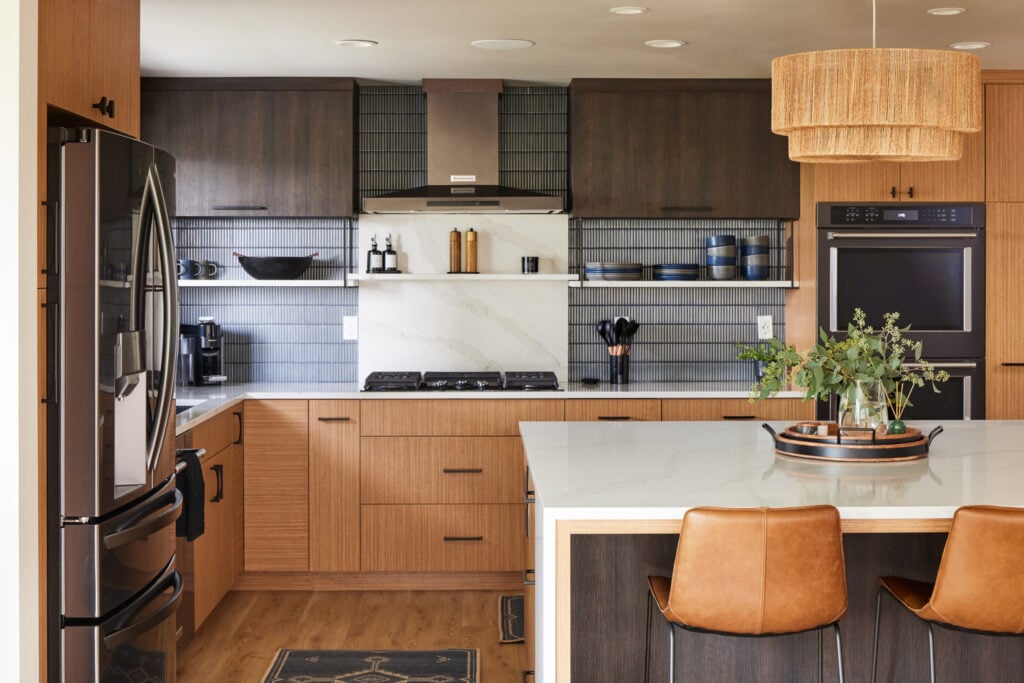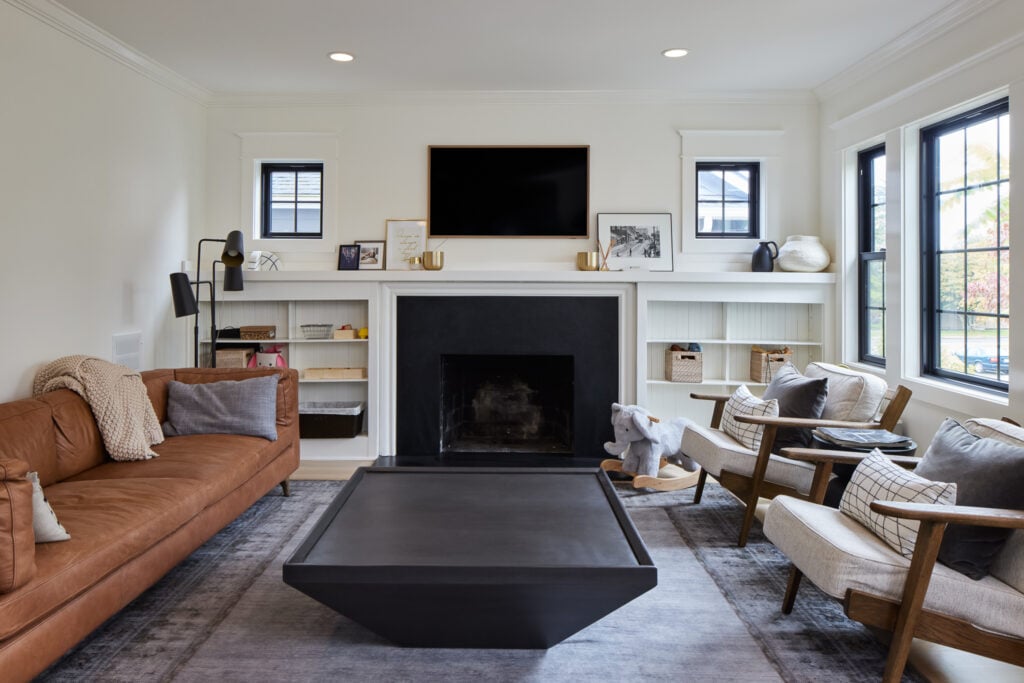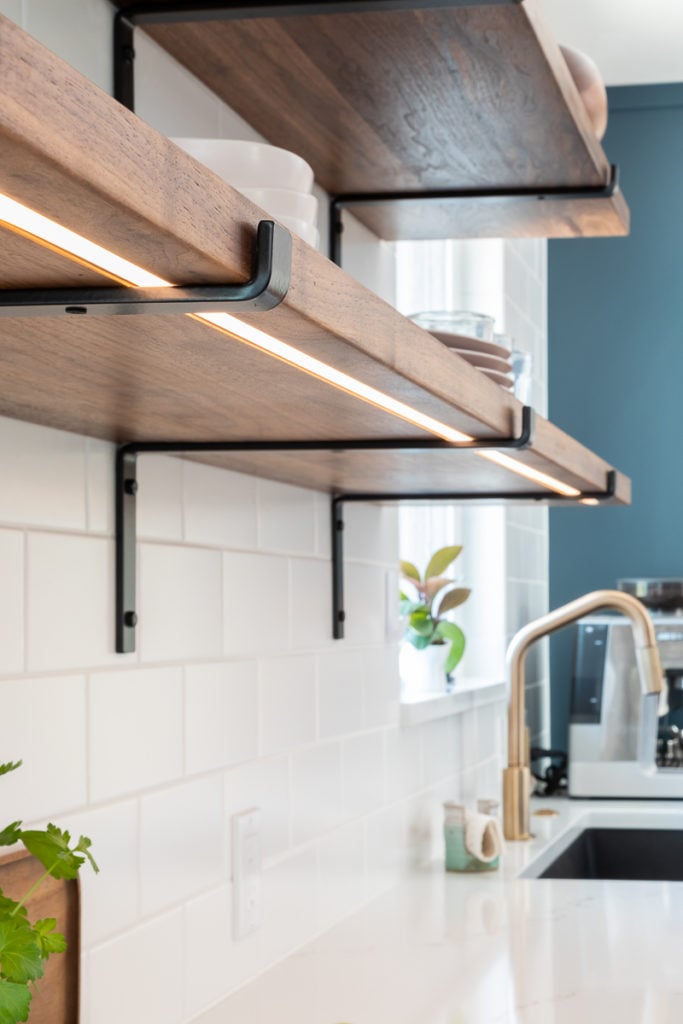It’s no secret we’re active members and proponents of the Built Green program by Master Builders Association. They define themselves as “an environmentally-friendly, non-profit, residential building program of the Master Builders Association of King and Snohomish Counties, developed in partnership with King County, Snohomish County, and other agencies in Washington state to set standards of excellence that can make a significant impact on housing, health and the environment and are readily do-able today.” A handful of staff from our office and field crew attended their conference on September 14th at Cascadia College—here’s what we saw, discussed and learned.
The Case for ADUs, Low-Rise Buildings and Duplexes
Keynote Alan Durning, founder of Sightline Institute—an independent, nonprofit research and communications think tank on sustainability—opened the day with a talk aimed at addressing some of Seattle’s biggest housing challenges. With an influx of residents and inflated home prices (and rents), it’s becoming more difficult to live in the city. Outdated zoning and nervous homeowners are making change a slow process, preventing building that could alleviate some of the housing pressure.
What many local Seattlites don’t realize is that the housing their opposed to already exists in spades, and exists in other, very livable cities much more prevalently. For example, many Seattle neighborhoods are resisting backyard cottages and low-rise building, but dozens (if not hundreds) of these building exist already and have been grandfathered in to the new zoning requirements. Occupancy rules for mother-in-laws can also be prohibitive to homeowners renting out a unit, since adding additional space does not increase the occupancy capacity on a lot.
Alternately, Durning says “in cities such as Vancouver, 35% of homes have accessory dwelling units (ADUs). If we adopted more relaxed zoning rules, we could add over 45,000 dwelling units to the market.” Living in the city may not be so expensive if similar policies were adopted. The reality is: Seattle is growing and neighborhoods will have to change. Worrying too much about that change can be equivalent to preventing progress—we as leaders in this industry need to be the positive voices of change in our communities.
Green Building Growth Can’t Stop Here
Our own founder, Jason Legat, later moderated a panel of builders (Jason Leer from Batt + Leer and Justin Hooks from Green Canopy) about cost-effective and green remodeling solutions. They discussed topics from: certification, to the most economical upgrades, to the reason why more builders aren’t going green. It was a lively discussion with many audience members joining in and offering insights of their own.
New construction projects are reaching the highest levels of Built Green, LEED and Passive House certification, but remodels are inherently more difficult to “green up.” There are absolutely ways to make a home healthier during a remodel, and a lot of it comes down to client choice. Jason stated: “You have to ask the question. ‘Do you want a healthy home?’ Framing it in this way results in the obvious answer and opens up a door to the conversation.” Green remodeling increases home values and longevity, but some green products will come at a slightly higher price point. It’s important to give homeowners choices and communicate the value of better building materials and methods.
Other areas that are important for first-time Built Green remodelers are air sealing and insulation. Those things can have huge impacts on the efficiency of the home, and really don’t cost much more.
Much of the future of green building depends upon owners and project managers of building companies seeking out new information and trying new things. Jason Leer said “those of us in the industry need to become as educated as we can,” and the first step could be setting up a time to meet with Built Green. Justin Hooks echoed the sentiment by saying “we have to set the example for those people who are interested, but need the extra push [to start building green]. We have to inspire them!” For builders on the fence, check out the Built Green Remodel Certification Checklist and a Home Refit Certification Checklist and give this article a read.

Ratings & Tools
A final notable session, though there were many more throughout the day, was a presentation by Dan Wildenhaus, Building Science Manager for CLEAResult. He detailed the rating systems currently used to determine efficiency of a home, and explored upcoming rating systems that we’re likely to see in the near future. Some of these include: the Home Energy Score Report (HERS) Index, the Hayward Score, and the EPA’s Indoor airPLUS program. He reminded attendees that do’s and don’ts lists are available online for building materials:
- Do’s: https://spot.ulprospector.com/en/na/BuiltEnvironment
- Don’ts: https://living-future.org/declare/declare-about/red-list/
Our team was interested to get his take on tankless water heaters and hear about new products. The consensus: tankless water heaters are getting better and better. And the hot new product? Aeroseal, a duct leak sealing product that can reduce leakage by up to 90%.
It was a another successful and informative year at the Built Green Conference—we’re looking forward to seeing the progress over the coming year!






